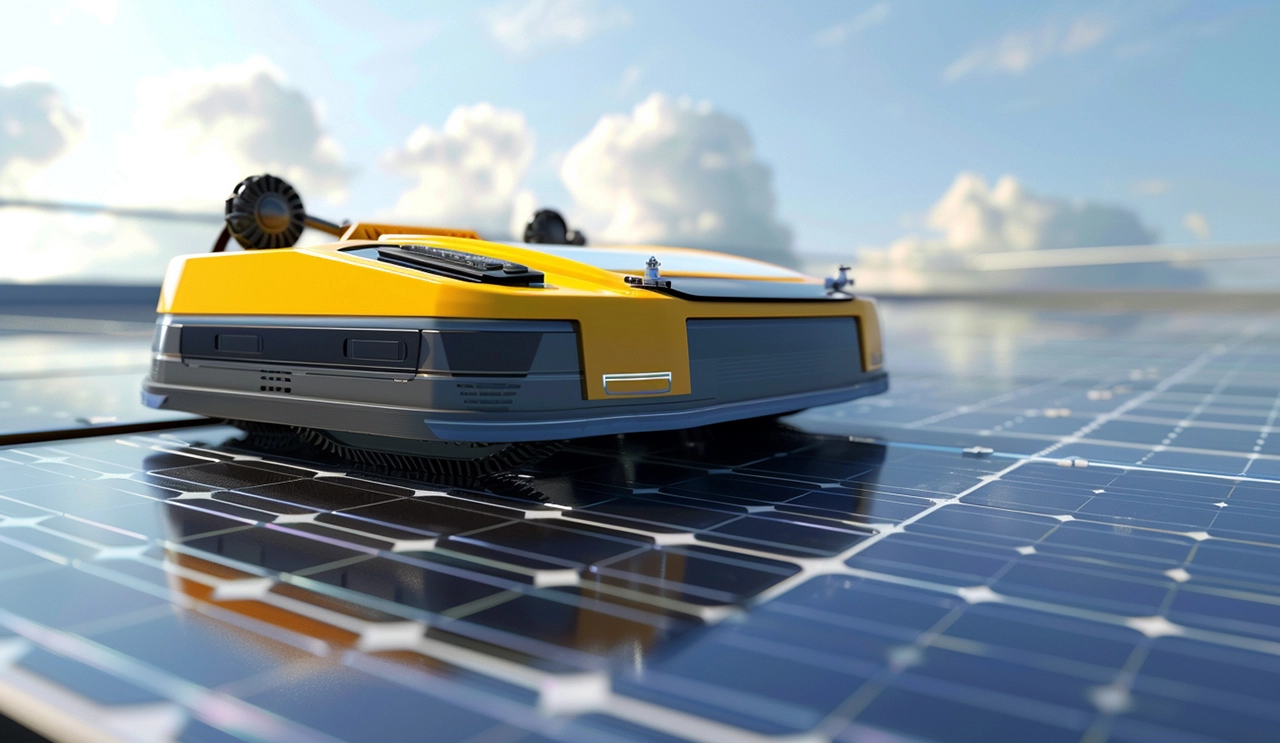
WIRELESS CHARGING IN THE NEWS
The implementation of high-power wireless charging technology for electric vehicles is still in the transitional stage from technical verification to commercial pilot. Although this technology is regarded as one of the important directions for future energy replenishment systems, its practical application still faces multiple challenges such as technology, cost and ecology. The following analysis is conducted from the dimensions of technological progress, application scenarios, challenges and future trends:
I. Technological Progress and Commercialization Pilot Projects
High-power wireless charging technology (usually referring to a power of ≥11kW) achieves non-contact power transmission through electromagnetic induction or magnetic resonance principles. In 2023, the global mainstream technological level has exceeded 22kW, and in laboratory environments, it can reach up to 300kW (such as the Oak Ridge National Laboratory in the United States). At present, the market-oriented products are mainly 11-22kW, with a charging efficiency of up to 90%-93%, approaching the level of wired charging.
Many automakers and suppliers have laid out commercial pilot projects:
- From the automaker side: The BMW iX5 Hydrogen test vehicle is equipped with a 22kW wireless charging system; Volvo has collaborated with Moment Dynamics to conduct a pilot project of wireless charging for taxis in Gothenburg, Sweden. Tesla has launched the CyberVault wireless charging pad (supporting up to 20kW).
- Supplier side: German Witricity has launched a 11kW standardized module and collaborated with Geely to develop wireless charging models under the ZEEKR brand. Zte New Energy has deployed a 60kW wireless charging station for buses at Shenzhen Airport.
Domestic policy promotion: China's "Development Plan for the New Energy Vehicle Industry (2021-2035)" clearly supports the research and development of wireless charging technology. Beijing, Shanghai and other places have included wireless charging facilities in their new infrastructure plans.
Ii. Implementation Scenarios and Business Models
The current applications are mainly concentrated in specific scenarios:
In the commercial vehicle sector, fixed-route scenarios such as bus depots and logistics parks have become breakthrough points. Demonstration lines for wireless charging of buses have been built in places like Chengdu and Shenzhen. The 120kW system developed by Yutong Bus can charge 50 kilometers in just 10 minutes.
2. High-end passenger car market: Models such as Porsche Taycan and Mercedes-Benz EQS can be optionally equipped with wireless charging kits, which need to be combined with customized charging piles. The cost of a single set of equipment is approximately 20,000 to 30,000 US dollars.
3. Shared mobility services: The US startup SparkCharge has collaborated with Uber to pilot wireless taxi charging services in Los Angeles, reducing users' initial investment through a subscription model.
Iii. Technical Bottlenecks and Ecological Challenges
1. Efficiency and thermal Management: High-power transmission causes the coil to heat up. The temperature rise of a 22kW system is 40% higher than that of an 11kW system, which requires a liquid cooling system and increases costs.
2. Location tolerance: Current technology allows for a lateral offset of 10-15cm, but when it exceeds 20cm, efficiency drops sharply, restricting parking convenience.
3. Standardization dilemma: The three major standards, SAE J2954 (American standard), GB/T 38775 (China), and IEC 61980 (International), have not been unified yet, affecting the compatibility of equipment.
4. Cost structure: The infrastructure construction cost is approximately 2 to 3 times that of a DC fast charging station, and the maintenance cost is 30% higher.
Iv. Future Development Trends
1. Accelerated technological iteration: The application of gallium nitride (GaN) devices can reduce the system volume by 40%, and dynamic wireless charging technology has entered the road testing stage (such as the Nottingham test section in the UK).
2. Breakthrough in vehicle-road coordination: By integrating high-precision positioning and autonomous driving technologies, BYD aims to achieve seamless charging upon parking. The company plans to launch a model that supports wireless charging for automatic parking by 2025.
3. Grid Interaction Innovation: The development of two-way wireless charging and discharging (V2G) technology, Qualcomm has demonstrated a 50kW vehicle-to-grid mutual charging prototype system.
Summary: High-power wireless charging technology is at a critical point of commercialization, and it is estimated that the global market size will reach 1.5 billion US dollars by 2025. With material innovation and standard unification, this technology is expected to be first popularized in high-end passenger cars and special vehicles. However, to fully replace wired charging, it is still necessary to break through the balance point between cost and efficiency. The next 3 to 5 years will be a crucial window period for competition in technological routes.







